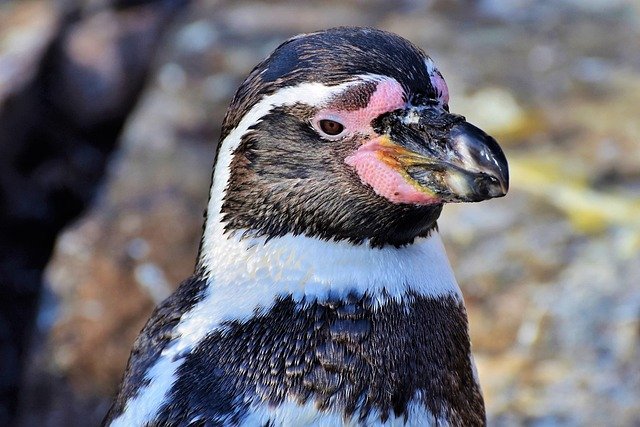**Title: "The Resilient Lives of Penguins: Adapting to Climate Change in the

The Resilient Lives of Penguins: Adapting to Climate Change
Penguins are one of the most beloved and iconic bird species, known for their charming waddles and striking tuxedo-like appearance. However, these fascinating creatures are facing unprecedented challenges due to climate change. As the planet warms, penguins are demonstrating remarkable resilience and adaptability, showcasing their ability to survive in an ever-changing environment.
The Impact of Climate Change on Penguins
1. Melting Ice Habitats
Many penguin species, such as the Emperor and Adélie penguins, rely on sea ice for breeding, feeding, and shelter. The rapid melting of polar ice due to rising temperatures poses a significant threat to their habitats. As ice diminishes, penguins must travel further to find food, which can lead to increased energy expenditure and decreased breeding success.
2. Changes in Food Availability
Climate change affects ocean temperatures and currents, which in turn impacts the distribution of fish and krill—key food sources for penguins. As these prey species migrate to cooler waters, penguins may struggle to find sufficient food, leading to malnutrition and decreased chick survival rates.
3. Increased Competition and Predation
With changing ecosystems, penguins may face increased competition for food from other marine predators. Additionally, as their habitats shift, they may encounter new predators, which can further threaten their populations.
Penguins' Adaptation Strategies
Despite these challenges, penguins are showcasing their resilience through various adaptation strategies:
1. Shifting Breeding Habits
Some penguin species are altering their breeding seasons in response to changing environmental conditions. For instance, certain populations have been observed to breed earlier in the year, allowing them to take advantage of more favorable conditions.
2. Expanding Range
As temperatures rise, some penguin species are moving to new areas in search of suitable habitats. This range expansion can help them escape the worst impacts of climate change, although it may also lead to new challenges in unfamiliar environments.
3. Behavioral Adaptations
Penguins are also exhibiting behavioral changes to cope with their changing world. For example, they may modify their foraging techniques or travel longer distances to find food. These adaptations demonstrate their ability to be flexible in the face of adversity.
Conservation Efforts
To support penguins in their fight against climate change, various conservation initiatives are underway:
- Protected Areas: Establishing marine protected areas can help safeguard critical habitats and ensure that penguins have access to food sources.
- Research and Monitoring: Ongoing research is crucial for understanding the impacts of climate change on penguin populations and their ecosystems. Monitoring programs can help track changes and inform conservation strategies.
- Public Awareness: Raising awareness about the plight of penguins and the broader impacts of climate change can foster community support and drive action toward environmental sustainability.
Conclusion
The resilient lives of penguins serve as a poignant reminder of the challenges faced by wildlife in a changing climate. While they exhibit remarkable adaptability, the threats posed by climate change are significant and require urgent action. By supporting conservation efforts and promoting sustainable practices, we can help ensure a future where these incredible birds continue to thrive in their natural habitats. Together, we can make a difference for penguins and the ecosystems they inhabit.
References
